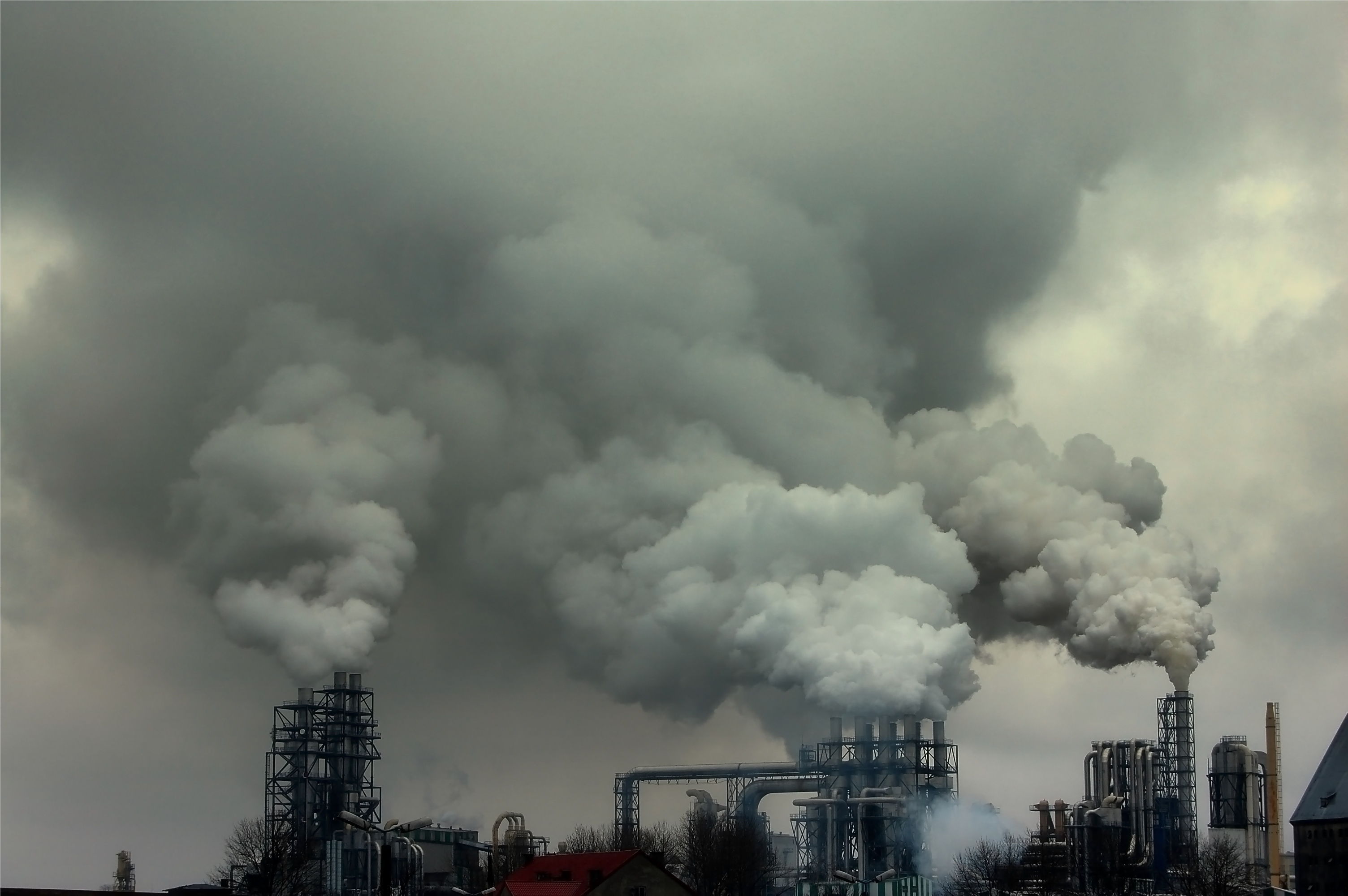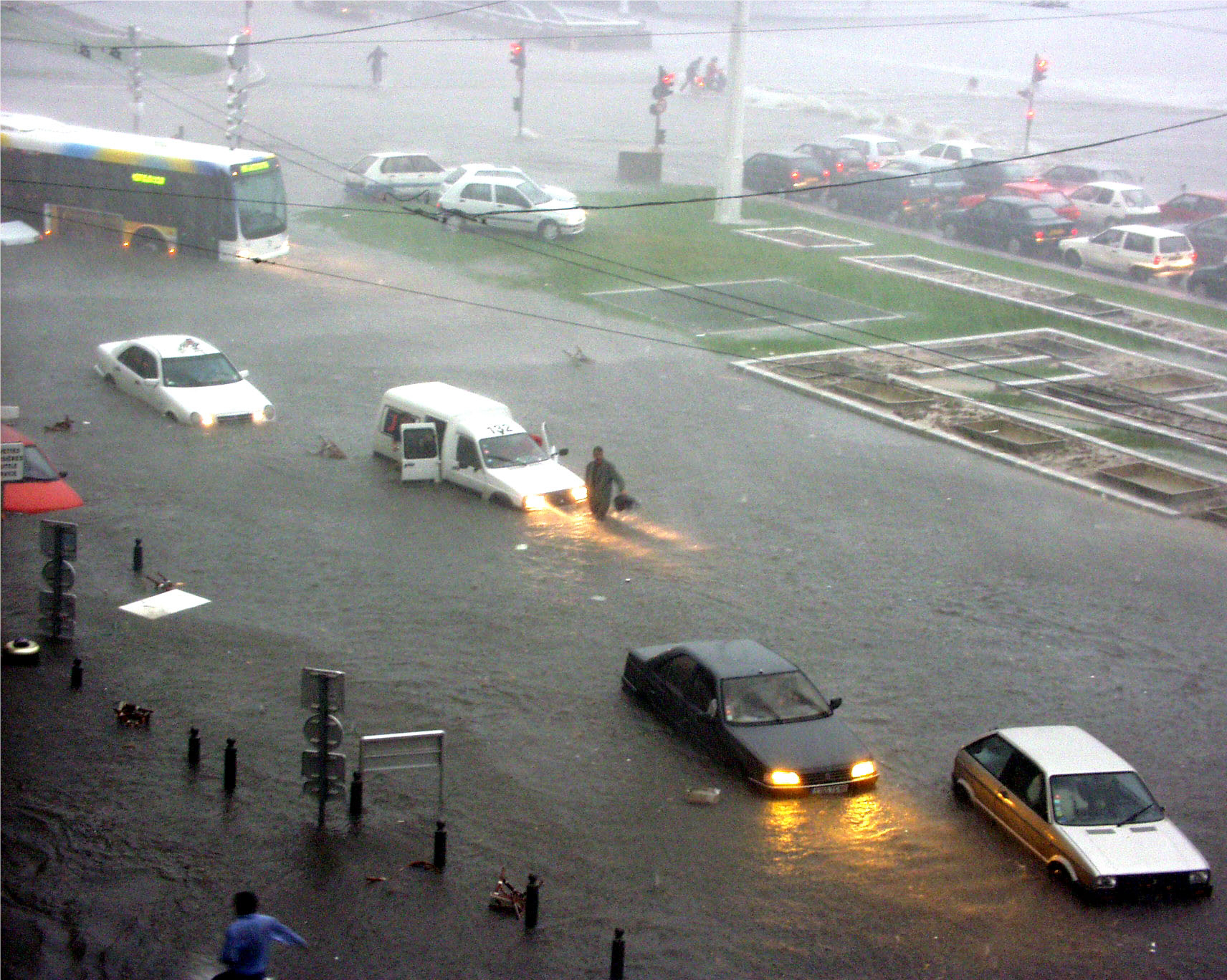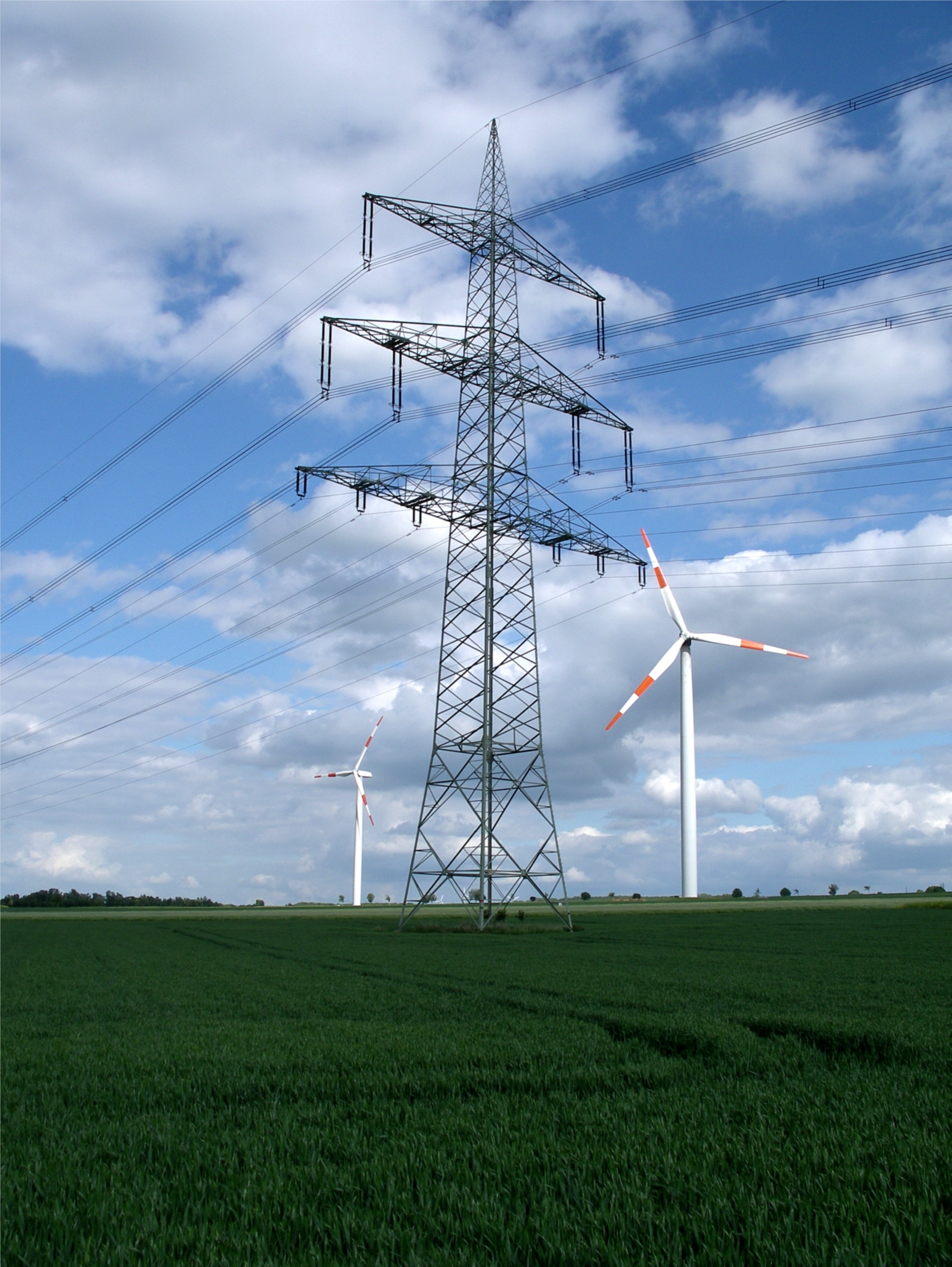How much of this world will remain in another 50 years if there is no emergency declaration to avert frequenting GHG emission-induced intense disasters?
50 years ago, United Nations Environment Programme (UNEP) was created, and the world of today still lacks a sense of urgency and preparations to avert frequenting GHG emission-induced intense disasters. Strangely, stakeholders lack the will to implement the UN Sustainable Development Goals (SDGs), particularly the intertwined SDG 7 “Affordable and Clean Energy”, SDG 9 “Industry, Innovation and Infrastructure”, SDG 12 “Responsible Consumption and Production” and SDG 13 “Climate Action”. It is not surprising that collapsed energy companies attribute their shut down to extreme price volatility of fossil fuel sourced natural gas and to carbon emission tax. Unimaginably, some companies put pressure on governments to scrap GHG emission preventive measures and to include fossil fuels into clean energy sources.
Fossil Fuel Addiction
Energy prices in United Kingdom rose by 112% for electricity and by more than 133% for gas within nine months (February to October 2021). As a consequence, more than twenty-five UK energy companies collapsed by mid-December 2021 and disrupted almost four million household who were their customers. No continent was spared of this energy crisis.
In this unfolding scenario where everyone is suffering, companies that champion dependence on fossil fuels are persistent at the mercy of a market and GHG emission-induced disasters that they don’t control. United States alone spent over $650 billion on fossil fuel subsidies in 2021. Unifying in a ‘NO’ to fossil fuel addiction is the
preamble to accelerating implementation of SDGs on climate, energy and industry.

Fossil fuel greenhouse gas emission from industry (Credit: FreeImages.com/Rybson)
Taking Easy Ways Out
Clearly with the 2021-2022 ongoing energy crisis is that companies are taking easy ways out by shutting down instead of dealing with their GHG emissions. Influential large GHG emitters advocating for carbon emission tax to be scraped are yet to realize that it is actually a help to them to remodel their production processes, fulfill SDGs 7, 9, 12, 13, and avoid spending their revenues on emission penalties.
Half a Century ago, world leaders did not foresee that preferred response of industries will be to shut down instead of adopting GHG emission preventive measures and technologies. This is despite their bearing witness to more regular intense tornadoes, hurricanes, flooding, sea rises, snowstorms, forest fires, as well as growing indications of an ice age due to a potential AMOC collapse because of climate crisis caused by their emissions. Stakeholders’
meetings and issuance of action plans are now becoming more of a nuisance without emergency implementations.
Popular places in Cambridge England and other areas across the globe will be underwater by 2030-2050, and yet there is barely any urgency in implementing SDGs to avert the now frequenting GHG emission-induced intense disasters. While carbon tax is a very good deterrent to stimulate industrial GHG emitters into preventing their emissions, it is not tackling the already emitted greenhouse gases which are fueling intense disasters.
So, is there still a way out for this world?
Carbon dioxide CO2 is the most emitted of GHG and has the most effective heat-trapping characteristic in atmosphere. According to United Nations, global CO2 emissions increased by 50 percent since 1990. Atmospheric CO2 sinks into water bodies like oceans and makes them acidic when in excess. Oceans release back their absorbed CO2 until natural equilibrium is reached between atmospheric (sinking) and oceanic (releasing) CO2. At the moment, atmosphere and oceans are in excess of their usual CO2. Hence, to avert frequenting GHG emission-induced intense disasters, the world need removal of emitted CO2 until depleted to at least its pre-industrial level.

Spontaneous forest fire caused by unusual heat wave (Credit: FreeImages.com/lparedesf)

Flooding in Marseille due to unusual precipitation level (Credit: FreeImages.com/Piotr)
Today’s cost of removing 1 ton of CO2 from air (Direct Air Capture, DAC) with existing systems is in the range of 900-2000 euros. According to data published by Global Carbon Project (2021) based only on territorial emissions, the global CO2 emission in 2020 is estimated to be 34.8 gigatonnes. So at current price, it will cost the world about 31.3-69.6 trillion euros to remove just 1 year of emitted CO2. The world has already emitted over 1.7 trillion tonnes of CO2 since 1751 to 2020.
But how about energy consumption of these removal systems? According to a 2021 report by Emily Pontecorvo, Swiss-based Climeworks with the largest CO2 removal system to-date estimated that 2.65 MWh is required to remove 1 tonne CO2, similar to 8.8 gigajoules (GJ) or 2.4 MWh estimated by US based Carbon Engineering. This will result in 92246.5 TWh to remove annual 34.8 billion tonnes of emitted CO2 or 4.5 exawatt-hr (EWh) to remove 1.7 trillion CO2 accumulated in the last 270 years.
With all these financial costs and energy requirements, emissions are still planned and are ongoing. As recently reported by the Guardian, 41.6 million tonnes of CO2 will be emitted by ongoing and forthcoming liquefied natural gas (LNG) projects in West Australia by companies like Shell, Chevron and Woodside. Removing that amount of emitted CO2 will cost more than $37.4bn and 110.2 TWh of energy. This industrial emission project generated only $27bn in exports last year. It is clear that there is no true profit in fossil fuel industries without CO2 emission that is threatening this civilization by more frequent and intense disasters. With their facilities and financial resources, Shell, Chevron and Woodside can be removing gigatonnes of CO2 yearly instead of emitting.

Existing clean energy technology can generate PWh of energy to remove current gigatonnes CO2 emitted annually (Credit: FreeImages.com/muermensch)
Staggering costs, who funds this?
By December 2021, this world has 2755 billionaires, with an estimated total net worth of $13.1 trillion. And the top 50 richest nations are worth over $70 trillion. For an impending existential threat that we all face, is it not high time for the world billionaires and rich governments to come together and team up in good faith to fund the mass production and installation of at least 35 gigatonnes CO2 removal system? If this initiative is attempted now, then it will take 49 years to remove the over 1.7 trillion CO2 accumulated since 1751.
When governments and billionaires across the globe team up, the price tag for CO2 removal will come down to 5-25 times less than current price per tonne. With a reduced price tag, there will be a reduced number of years for removing the CO2 accumulated in the last 270 years. Can the entire world afford to produce 92246.5 TWh of energy to remove annual 34.8 billion tonnes of emitted CO2? The answer is very affirmative, with today’s clean energy technologies.
More than 25% of atmospheric CO2 will be absorbed by 900 million hectares of matured continuous forest, which is more than one-third of the annual 34.8 gigatonnes CO2 that can be taken away in 36.6 years by tree planting. This means less than 70,000 TWh of energy to re-balance entire CO2 natural cycle by using existing removal systems.
International, sustained and cooperative financial and manufacturing effort have to be set up to tackle the existential threat of disasters due to emitted CO2. There are already templates for coordinated international efforts, for example CERN, ITER, etc, where nations put away their military and political tensions for common good.



